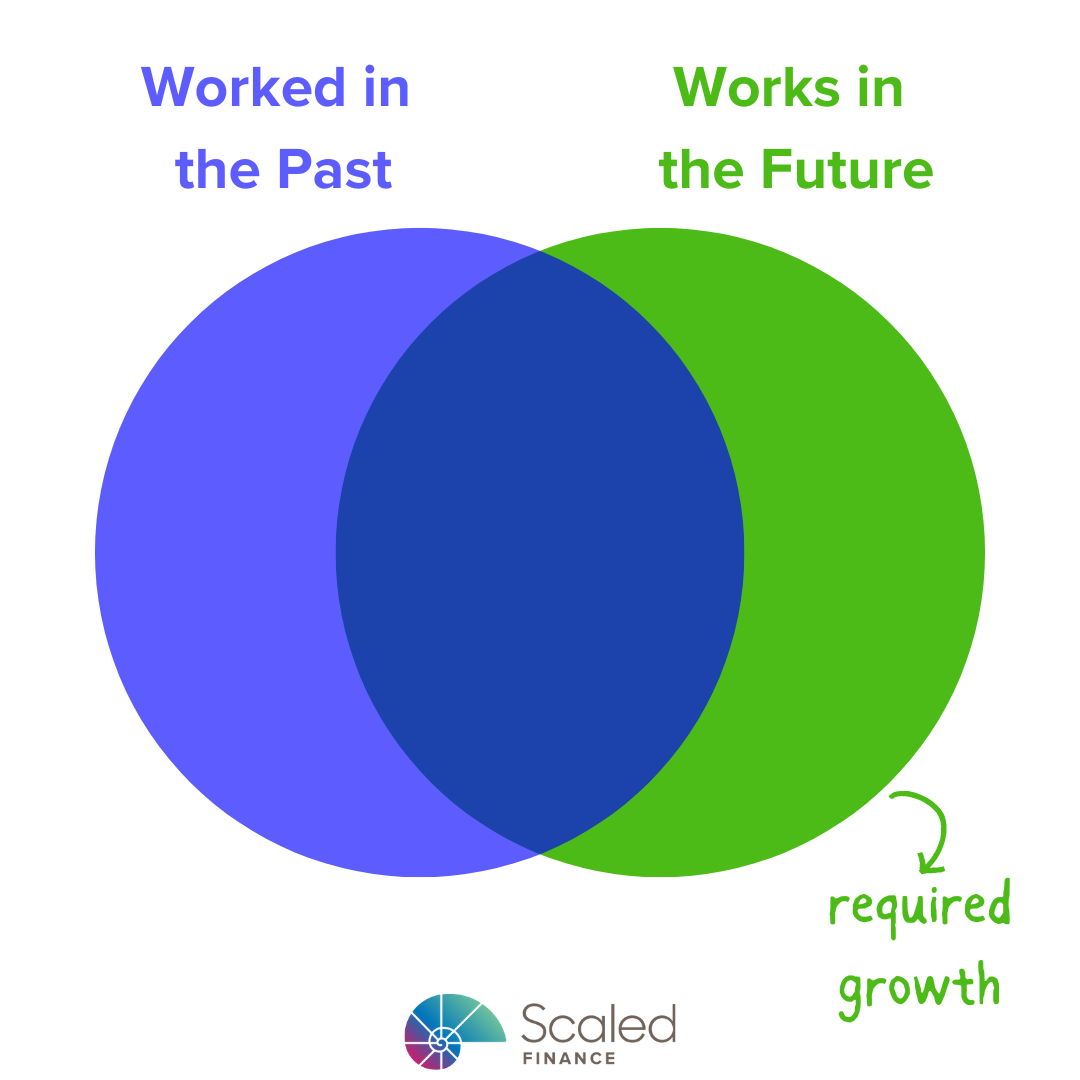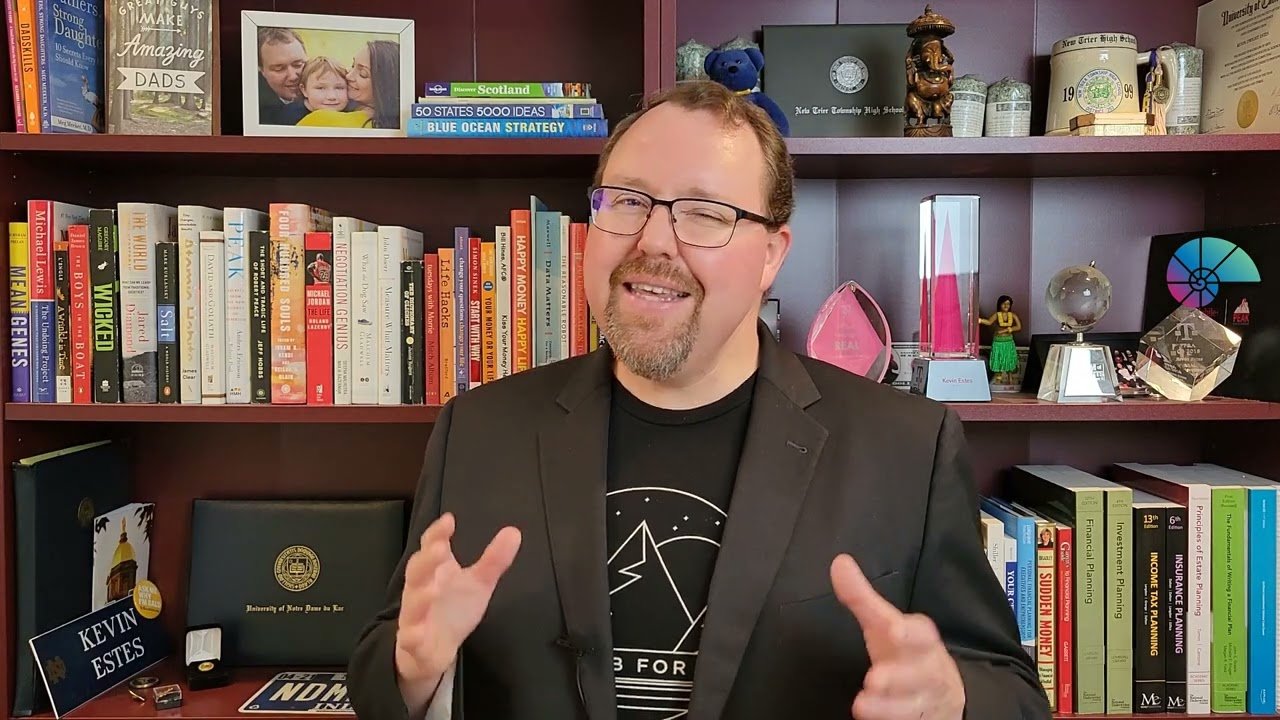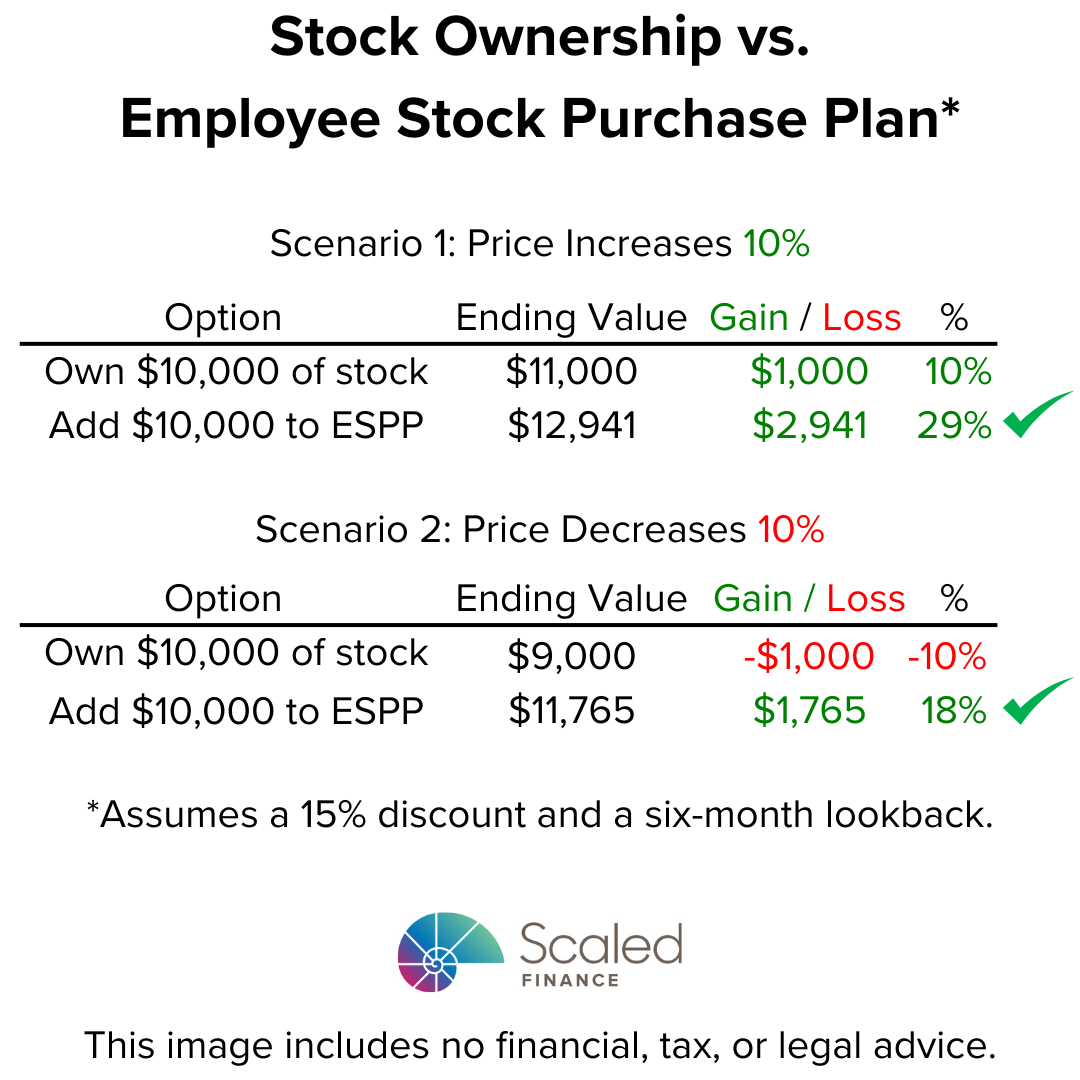
Combining Finances is Like a Dimmer Switch
Combining finances can be hard!
Many people believe it’s either all or nothing.
However, that’s not the case!
Integrating finances is more like a dimmer switch than a binary light switch.

How Are Restricted Stock Units Taxed?
The taxation of Restricted Stock Units (RSUs) is often misunderstood.
This article walks through an RSU example from grant to vest and finally to sale.
It explores the tax withholding at vest as well as the difference between short-term and long-term capital gains.

What Worked in the Past May Not Work in the Future
What worked in the past may not work in the future.
Change is like a current. Standing still takes effort. Making progress takes more.
Fortunately, most of life’s major changes happen every day!
Seek the counsel of those who have gone from where you are to where you want to go.

How Does a Couple Reach Financial Independence?
How does a couple reach financial independence?
The math is relatively straightforward:
Start with total expected expenses.
Subtract any after-tax non-portfolio income.
Multiply the shortfall by 25.
The result is a rough estimate of the portfolio size needed in today’s dollars.

What Percent of Workers Max Social Security?
What percent of covered workers earn more than the Social Security maximum?
Only 6%!
It shocked me it was that low.
How about you?

What Is Financial Independence?
What is financial independence?
That’s the beauty of it. Everyone’s definition is different.
At its core, it's the ability to do what you like, when you like, and with whom you like.

Where We Focus vs. What Sinks Us
We tend to focus on what we know.
It’s specialization at its finest!
Unfortunately, this laser focus can create painful blind spots.

Own Stock or Contribute to ESPP?
Is it better to own stock or contribute to an Employee Stock Purchase Plan better?
Contributing to an Employee Stock Purchase Plan may be preferable.
Let’s compare a couple scenarios either:
owning $10,000 of stock or
contributing $10,000 to an Employee Stock Purchase Plan with a 15% discount and six month lookback
Scenario 1: a price increase of 10% could result in:
Ending value of $12,941 with the ESPP versus $11,000 if holding stock
Gain of $2,941 with the ESPP versus $1,000 if holding the stock
Return of +29% with the ESPP versus +10% if holding stock
Scenario 2: a price decrease of 10% could result in:
Ending value of $11,765 with the ESPP versus $9,000 if holding the stock
Gain of $1.765 with the ESPP versus loss of $1,000 if holding stock
Return of +18% with the ESPP versus -10% if holding stock

